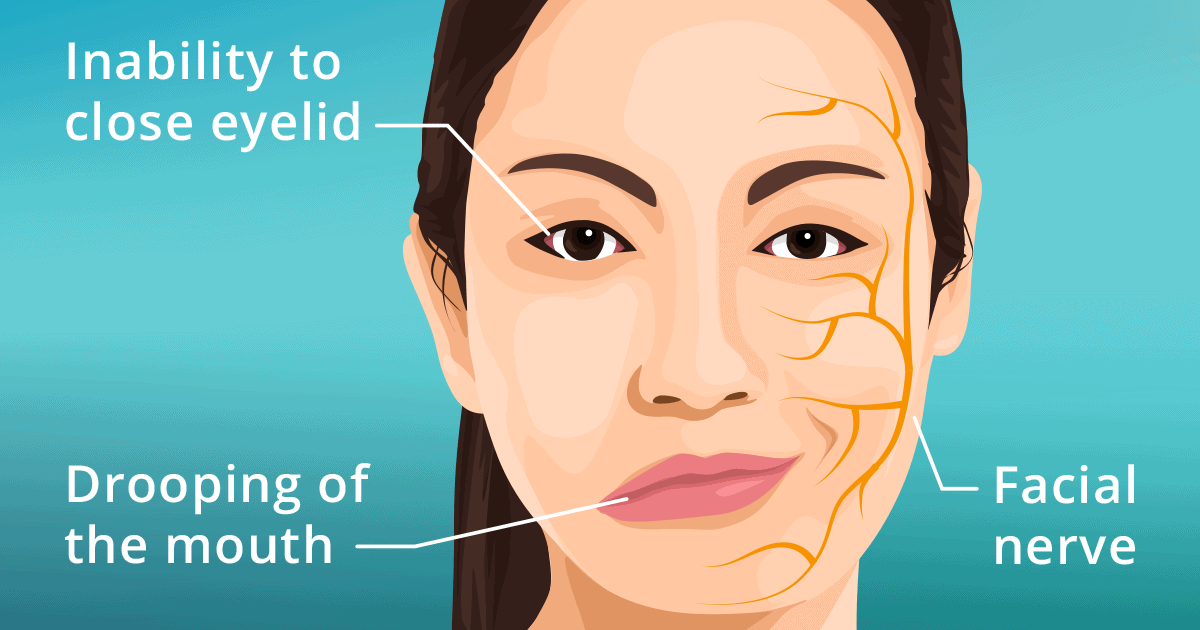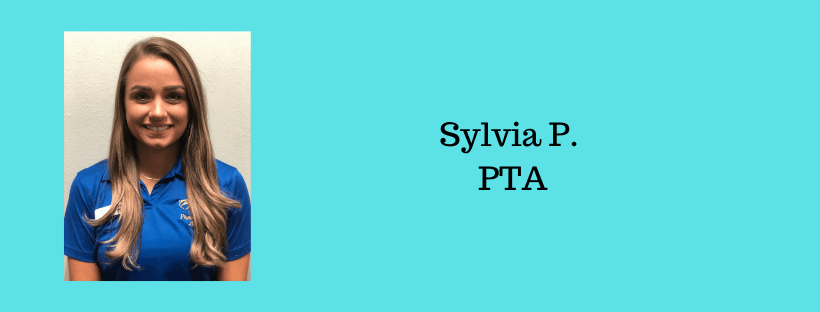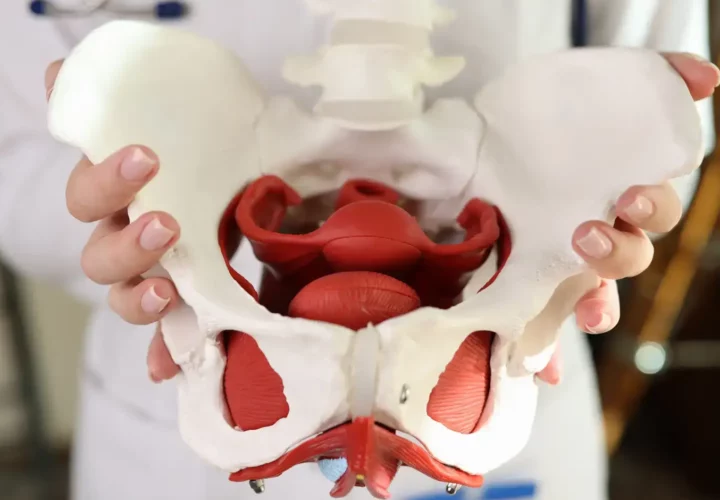Bell’s palsy is paralysis of the facial nerve.
The facial nerve is cranial nerve number VII. It is responsible for the muscles of facial expression as well as taste for the anterior 2/3 of the tongue. Basically, this causes temporary weakness of the muscles causing half of the face to droop.
Other symptoms you might see include drooling, a decrease in the ability to taste, increased sensitivity around the affected side, and possible pain around the jaw or behind the ear of the side affected. We do not really know the cause of Bell’s palsy. However, there is belief that Bell’s palsy can be from swelling and inflammation around the facial nerve, or even a reaction that occurs after a viral infection. For most people, Bell’s palsy is temporary and symptoms tend to improve after a few weeks. For a small amount of the affected population, this can be permanent. It is rare that Bell’s palsy can reoccur.
Although there are no medications known to help with recovery, physical therapy is GREAT medicine for patients diagnosed with Bell’s palsy to help regain strength.
In physical therapy, patients will learn exercises that help increase strength of the facial muscles. A PT/PTA may even use neuromuscular electrical stimulation (NMES) to help re-educate the muscles to contract. Another form of intervention used is muscle facilitation while the patient attempts to perform facial expressions. Exercises include but are not limited to smiling, frowning, scrunching of the nose, raising eyebrows, pushing the lower lip forward, pushing the upper lip backward, pursing the lips and closing the eye lid. Patients learn how to perform the exercises and are able to continue at home with a home exercise program.



